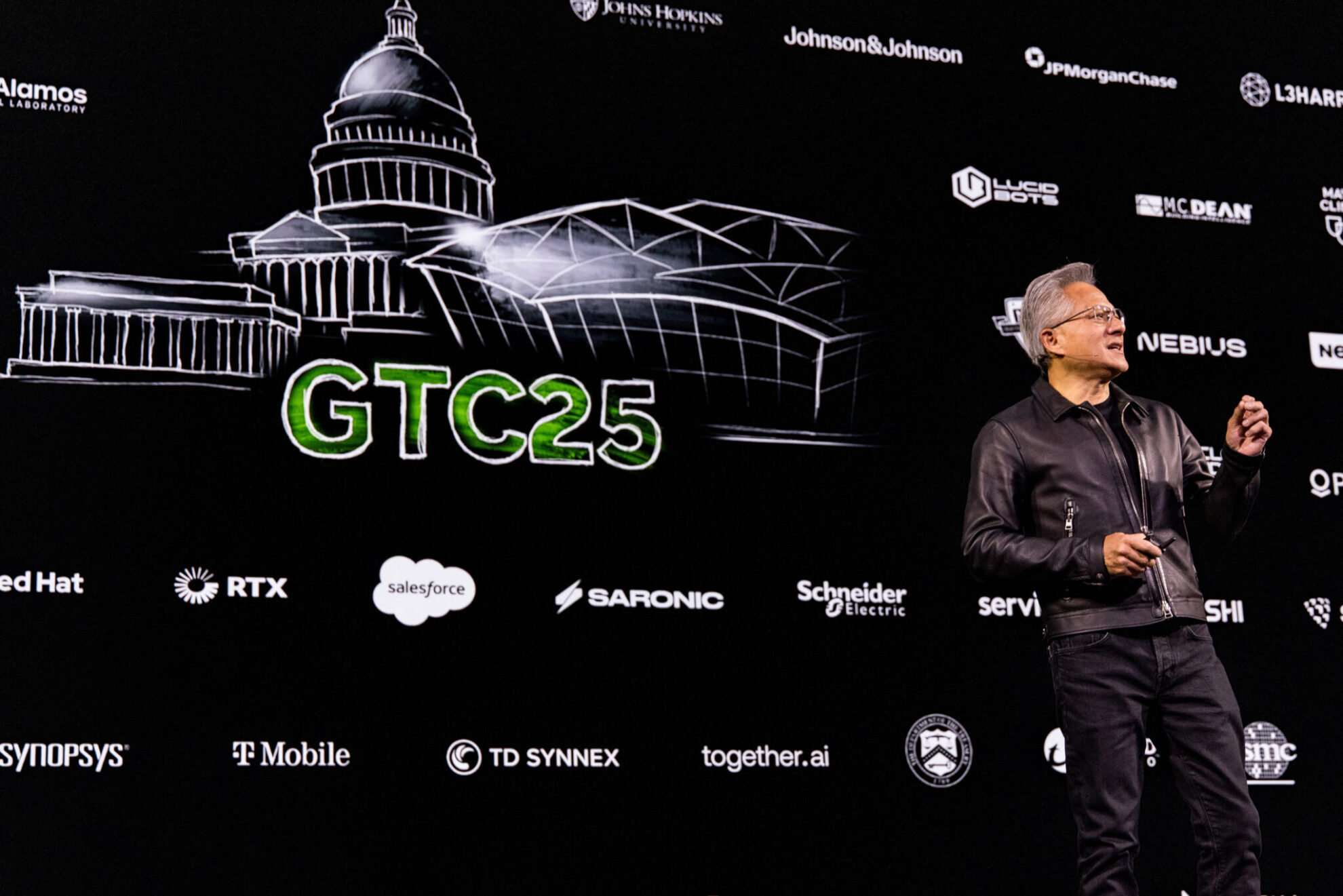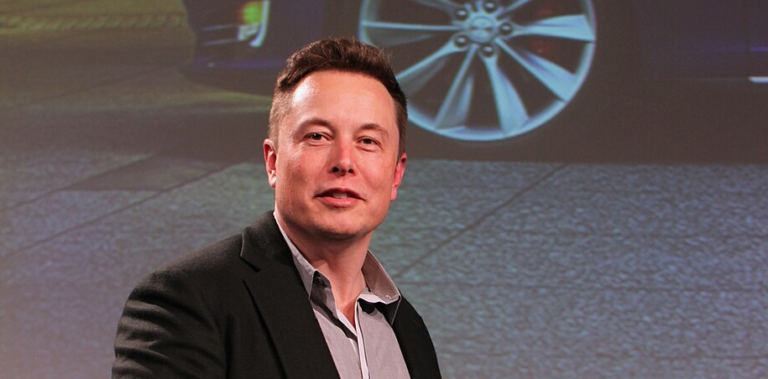By Super Neuro
Google has done well in many fields, except for games. Even Ingress can only be regarded as a godson. Google has almost no blockbuster games, no awesome gaming hardware, and even the Daydream it has vigorously launched has received mediocre response. Of course, the "Pokemon GO" co-produced by Google and Nintendo is still worth mentioning.
However, Google has not given up on gaming.They are building a "streaming" cloud gaming platform - Yeti.It is said that it can completely get rid of the dependence on hardware, and you can experience large-scale games like "The Witcher 3" on an ordinary PC or even a tablet.
Cloud Platform VS Game Console
Cloud gaming platforms refer to remote rendering of games, where servers equipped with high-end processors and high-end graphics cards perform rendering of game images and some computing work. The rendered game images are transmitted to the client through the network in the form of video, i.e. streaming, and receive game control signals from the client.
Its brilliance lies in that it can free games from dependence on hardware. You only need an ordinary PC or even a tablet to play AAA games, but it requires a very high Internet speed. Among the companies that explored cloud gaming platforms in the early days, OnLive should be considered the number one player, but due to poor management, the company eventually went bankrupt.
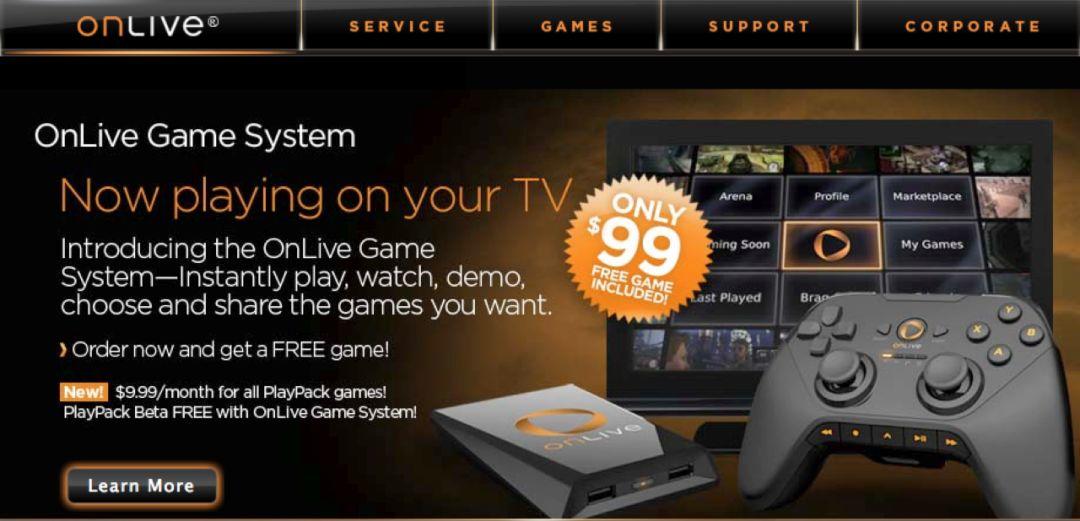
Steve Perlman, a technical genius and former Apple QuickTime main developer, founded OnLive, focusing on cloud gaming and cloud desktop services (both of which are future development trends). At the 2009 San Francisco GDC Game Developers Conference, the cloud gaming platform demonstrated caused a sensation and was the first to make the cloud gaming platform a reality.
The good times didn’t last long. Steve’s technical ability was unquestionable, but as a business manager, his management ability was seriously insufficient and he made many major wrong decisions. For example, he banned all games that had been launched on competitor Gaikai from being launched on OnLive, which directly drove away many famous game manufacturers like EA, causing OnLive’s attractiveness to decline and a large number of users to leave.
Coupled with the high operating costs of the company, OnLive's development became increasingly difficult. Before bankruptcy, he also rejected acquisition requests from companies such as HP, Sony, and LG, and ended up with bankruptcy liquidation.
Is Google going to revolutionize game consoles?
After OnLive, companies such as Google, Nvidia, and Microsoft have also gradually started to develop cloud gaming platforms. Nvidia's GeForce NOW has now entered the testing phase, allowing some large-scale games to run on Macs and ordinary PCs through streaming.
Google's streaming gaming platform, Yeti, was announced only this year. It's unclear whether Yeti is a high-performance gaming console like the PS4 or Xbox One, or a low-end device designed just for streaming.
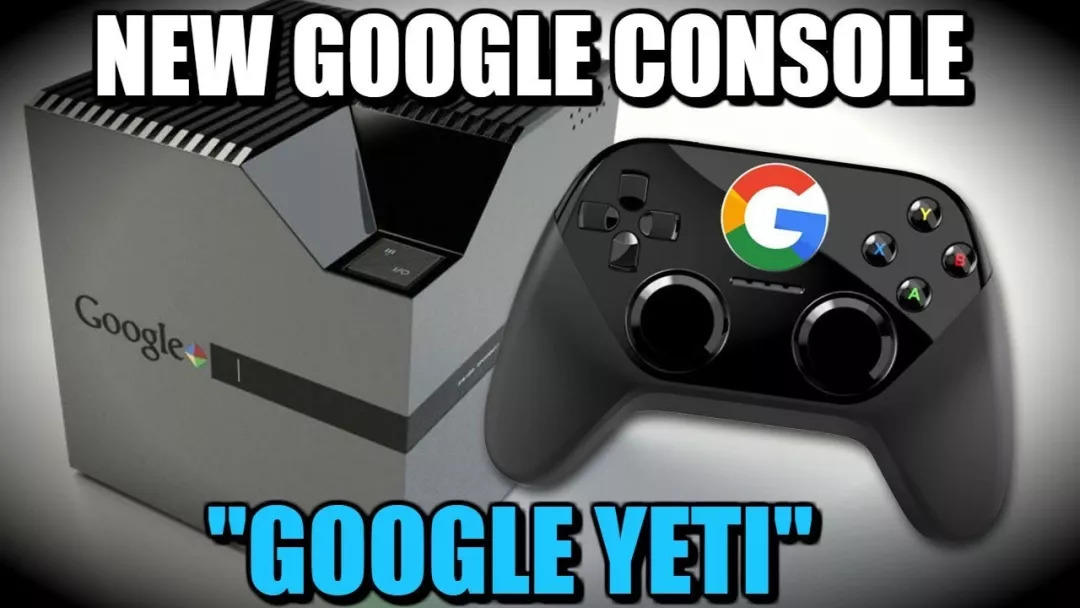
In fact, Google had intended to develop a streaming game platform as early as 2014. At that time, they planned to acquire Twitch, which specializes in providing streaming Internet services, but they were intercepted by Amazon. Their plan to launch a TV game console based on the Android system also came to nothing.
Although we are not sure whether there is an inevitable connection between the two, considering the reality of the time such as bandwidth limitations, the project should have been difficult to implement.
Can Google really make good gaming products?
Running large-scale streaming video games means uploading and downloading a lot of data, but there are bandwidth limitations and inaccessibility of high-speed connections in many parts of the world. This is also one of the main reasons limiting the development of OnLive.
In this regard, Google may have an advantage over companies such as Microsoft and Sony. Google Fiber is a high-end broadband service that can be up to 100 times faster than most American home Internet connections.
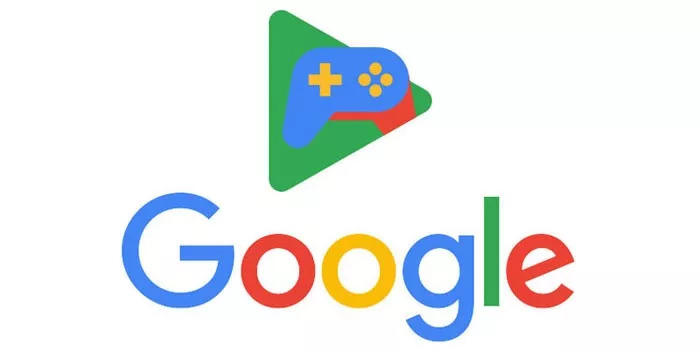
Although this high-end bandwidth service has not yet been popularized, it at least proves that Google has the conditions to solve the bandwidth problem faced by cloud gaming platforms before 5G arrives.
In addition, Google's streaming servers and data centers around the world are also helpful in solving the problem of game delay. Coupled with Google's ability to attract money, they can "do whatever they want regardless of cost" in the development of new products.
Will Sony go bankrupt tomorrow?
Sony's PlayStation (Playstation) is one of the most well-known home gaming products. PS Now is a streaming game platform built by Sony based on the PlayStation. Without having to purchase hardware separately, you can directly experience all the games released by the PlayStation on the PS4, and the experience is pretty good.
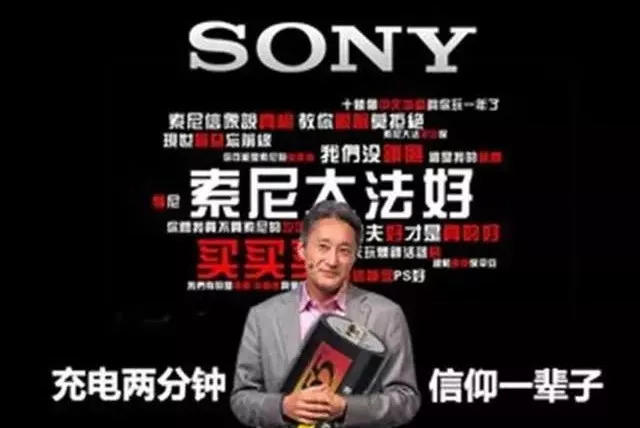
However, PS Now also has some limitations. In addition to requiring a high Internet speed (recommended Internet speed is 5-12 Mbps), the cost of playing games is also high. PS Now pays by time, and some games cost up to $4.99 for 4 hours. The money spent on completing the entire game may be more than if you directly purchased the game box.
This could be a limiting factor for PS Now, but if costs can be reduced, PS Now will still be very attractive.
Although there is still some distance before cloud gaming platforms become popular among the general public, I sincerely look forward to that day coming soon. After all, spending 3,000 to buy a Switch is very expensive for a coder like me, right?



